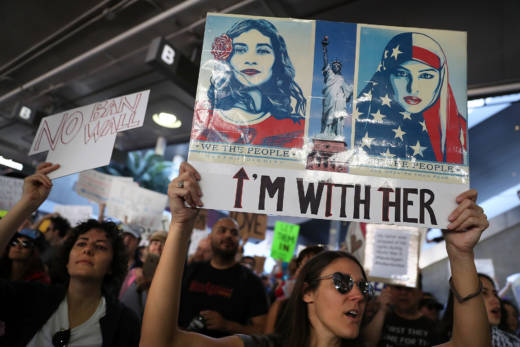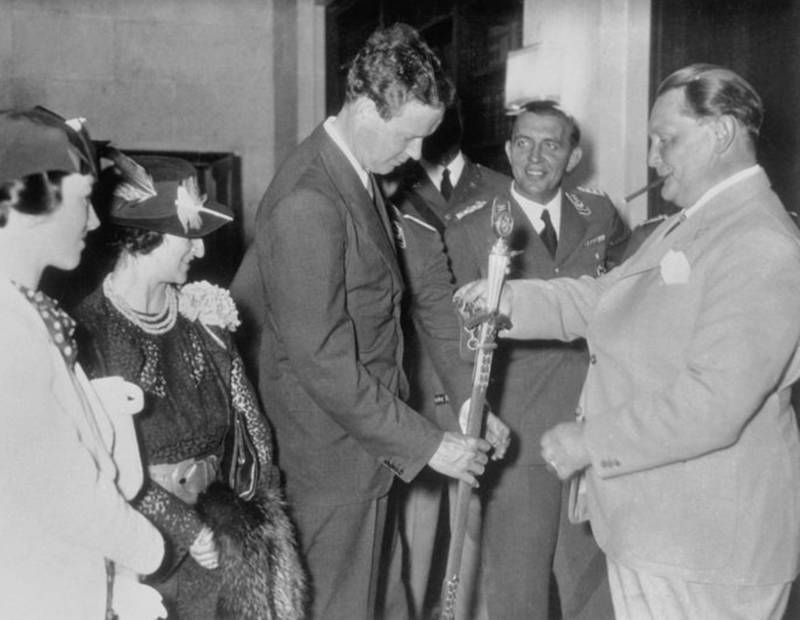John Sepulvado, host of KQED's The California Report each weekday, is reporting from the U.S.-Mexico border in Southern California this week. He filed this journal entry after watching a San Diego International Airport crowd protesting President Trump's immigration order on Sunday night.
M
y mom got divorced in the early 1990s and soon after started working six days a week to support me and my three siblings. My grandpa – the son of Irish immigrants – watched the four of us on many Saturdays during my middle school years. A kind, funny and gentle man from a poor family, my grandpa was a master at entertaining us four kids using the least amount of money possible. On many afternoons, that meant loading the four of us into his 1975 Chrysler Cordoba and driving us to Lindbergh Field to watch the planes take off.
My family was not born to the jet-set class, but my grandfather wanted us to know that we could aspire to it should we want more than our bus-stop beginnings. And at Lindbergh Field, in between watching the planes land and take off while we ate Cracker Jacks, we would imagine the places we would go when we were older. We would take turns guessing where the planes were off to. We would try to picture how the food tasted, what the clothes looked like and what kind of music the people listened to.
My grandpa would also tell us stories about Charles Lindbergh, the namesake of San Diego’s airport. Drawing on the great Irish tradition of exaggerating already impressive feats, he painted Lindbergh as a hero of the U.S. who single-handedly flew across the world in a rickety old airplane. The Lindbergh of my grandpa’s telling drank from coconuts in the tropics. He parked his single prop airplane to scale the Himalayas wearing nothing more than his pilot's outfit. He did loop-the-loops over the Great Wall of China, he lassoed the Eiffel Tower. These tall tales did what they were supposed to do -- they captured the attention of his space-age grandchildren and created a hero. He helped us see that the world was bigger than the neighborhood we grew up in, without ever spending a penny on a plane ticket.
Years later, I would be blessed enough to travel the world for peaceful purposes, a luxury my grandfather never had. He had left the country once to fight in Europe. A janitor and taxi driver, he would never be able to afford to leave his two daughters -- one of them special needs – alone, never mind travel overseas. And just as I came to learn that the Eiffel Tower could not be lassoed, and the Himalayas could not be so flippantly scaled, I would read that Charles Lindbergh was not the clear-cut hero my grandfather made him out to be.


